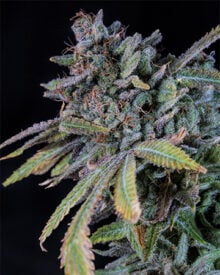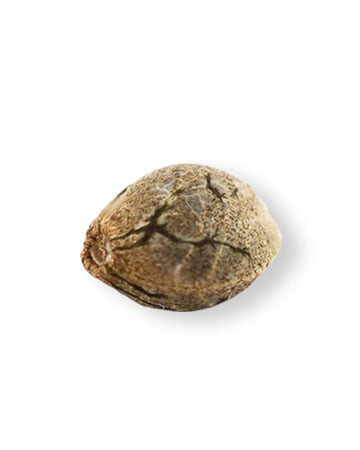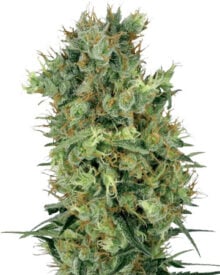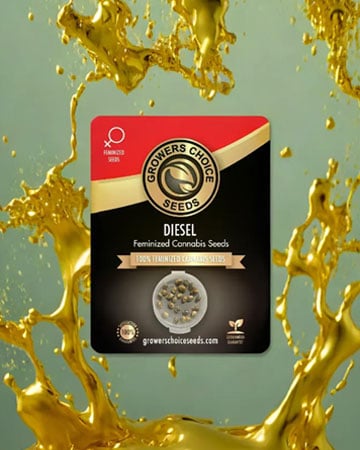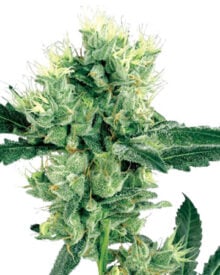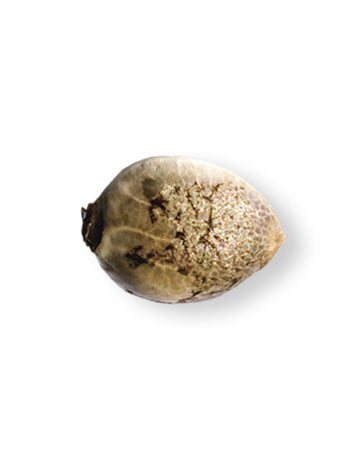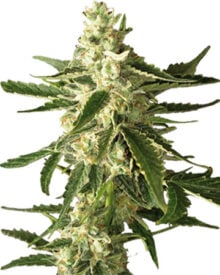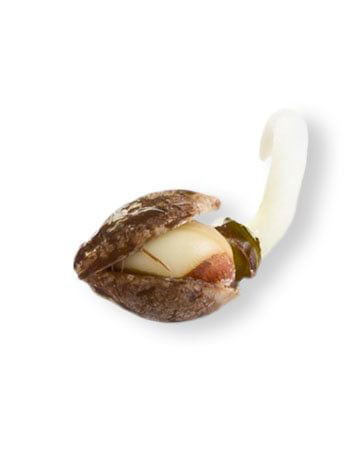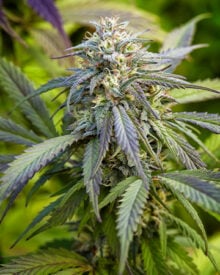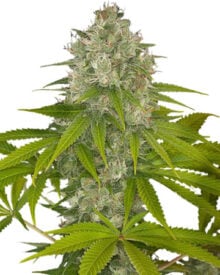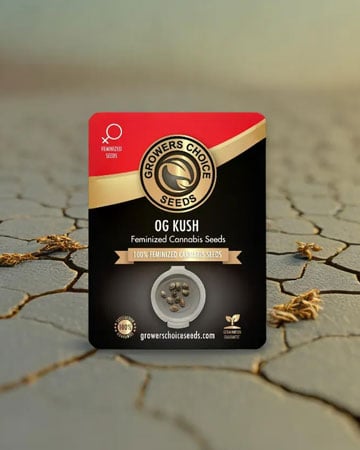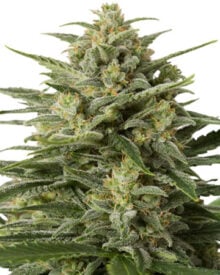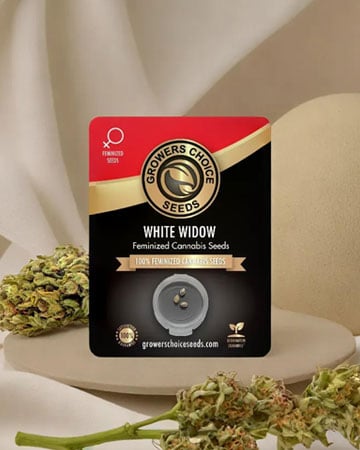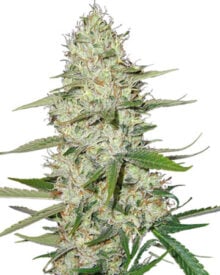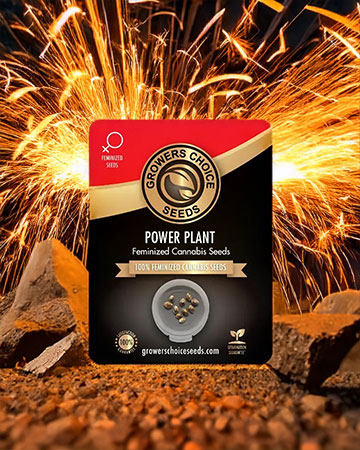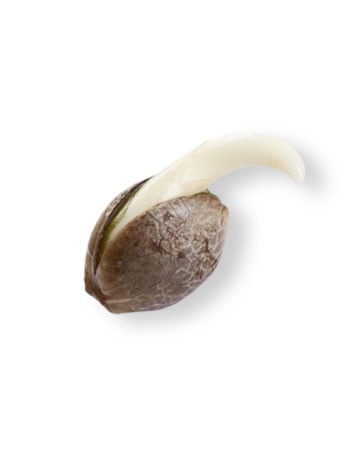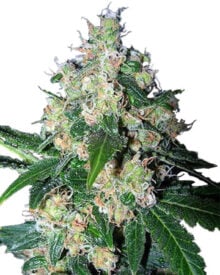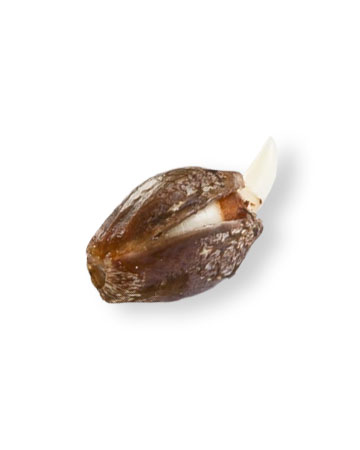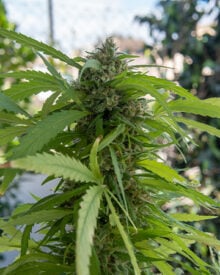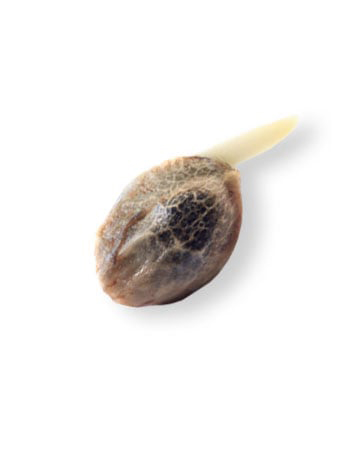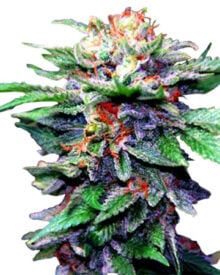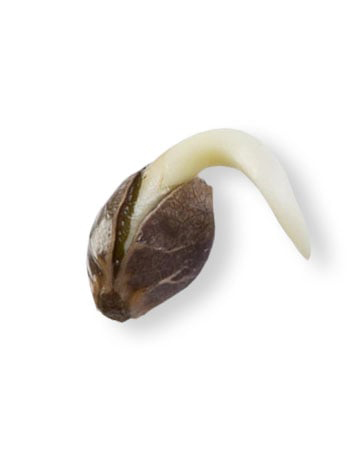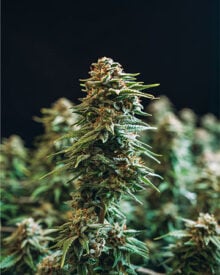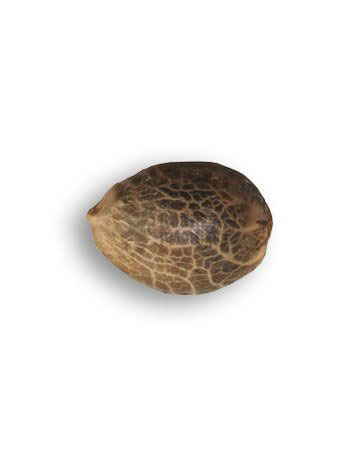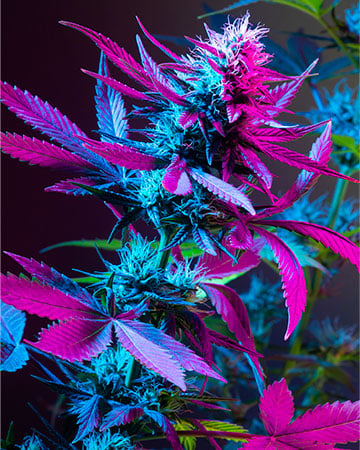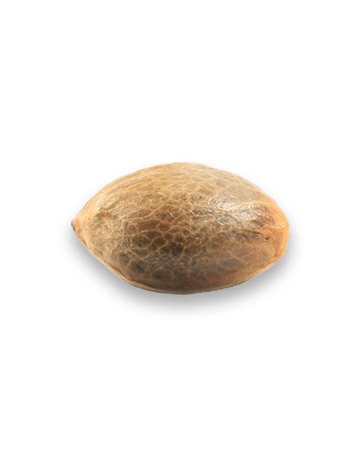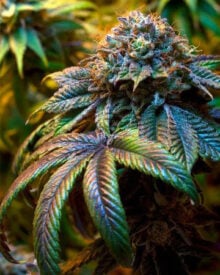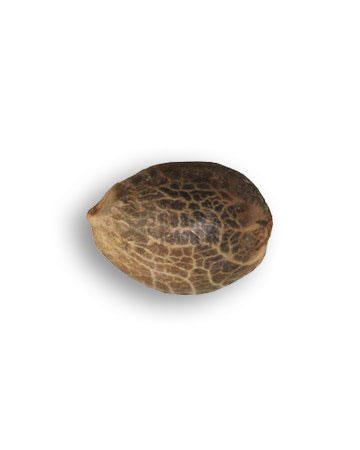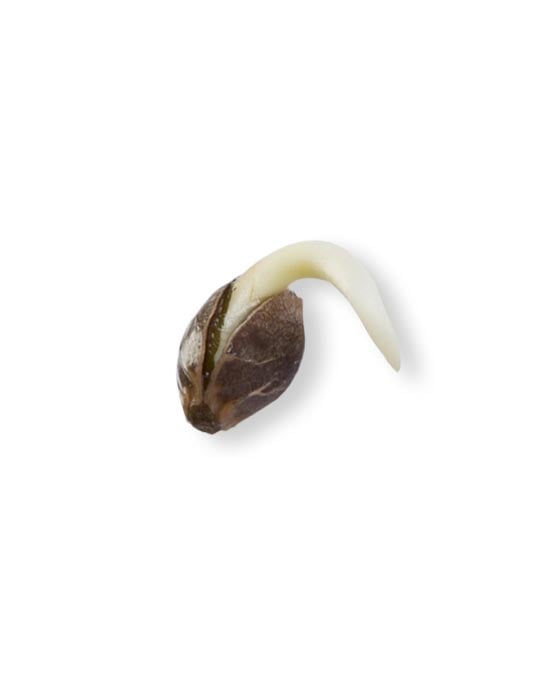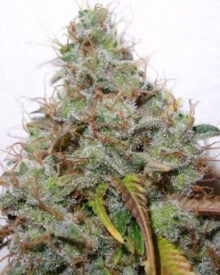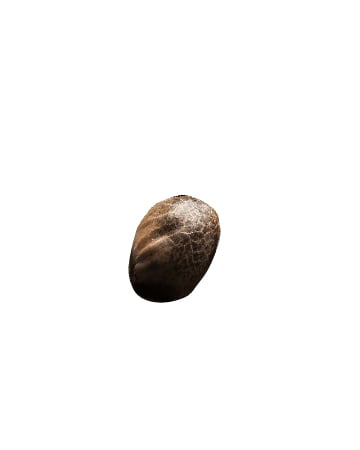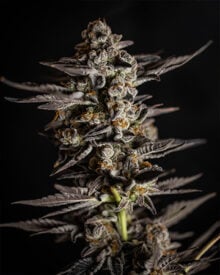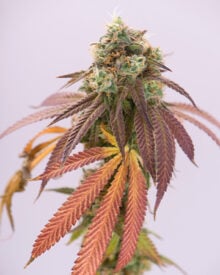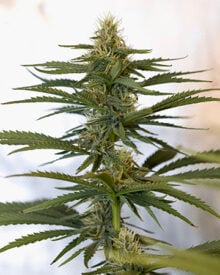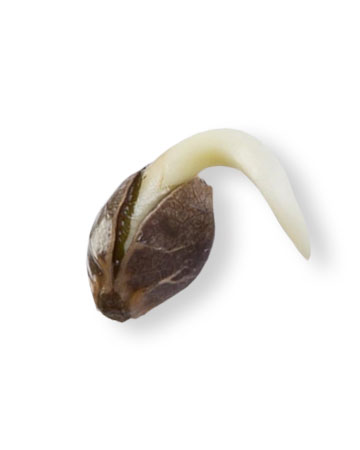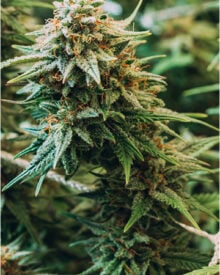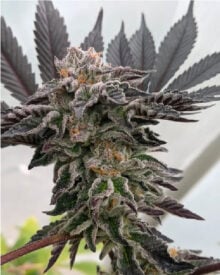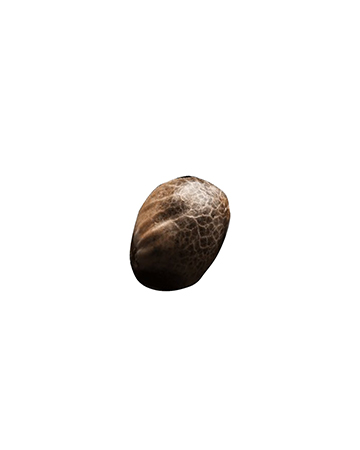Alaska’s long summer days and harsh winters create a unique environment for cannabis cultivation. Whether you’re planning an indoor setup or taking advantage of the Midnight Sun for outdoor growing, understanding the local climate, legal landscape, and best cultivars for the region is key to a successful harvest.
This guide covers everything from the laws surrounding home growing to the pros and cons of indoor vs. outdoor cultivation. Plus, we’ll suggest some cold-resistant cultivars that thrive in Alaska’s short growing season. Whether you’re a seasoned grower or just getting started, this page will help you navigate the ins and outs of growing cannabis in the Last Frontier.
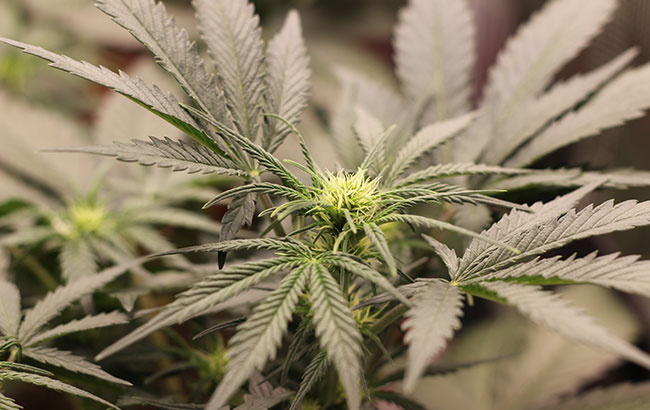
Source: Jamie Edwards Unsplash
Why Grow Cannabis Seeds in Alaska?
Alaska’s unique environment makes it an exciting place to grow cannabis, whether indoors or outdoors. Here’s why cultivating in the Last Frontier is worth considering:
- Legal Home Growing – Alaska allows adults 21 and older to grow cannabis at home, making it one of the few states where personal cultivation is fully legal. You can grow up to six plants per person, with a maximum of 12 per household.
- Midnight Sun Advantage – During summer, parts of Alaska get up to 24 hours of daylight, which can help outdoor growers maximize vegetative growth before flowering.
- Cool-Weather Cultivars Thrive – Some cannabis cultivars are well-suited for Alaska’s climate, with fast flowering times and resistance to cooler temperatures, making them ideal for outdoor growing.
- Indoor Growing Success – While outdoor seasons are short, indoor cultivation allows for year-round growing, giving growers full control over lighting, temperature, and humidity.
- Self-Sufficiency – Growing your own cannabis means you know exactly how it was cultivated, and you can tailor your grow to produce the flavors, aromas, and effects you prefer.
Alaska’s Cannabis Laws
Alaska has legalized cannabis for both recreational and medical use, but home growers still need to follow state regulations. Here are some key rules to keep in mind:
- Plant Limits – Adults 21 and older can grow up to six plants, with a maximum of 12 per household, regardless of the number of residents. Only three plants per person can be in the flowering stage at any given time.
- Visibility Rules – Cannabis plants must be grown in a private, enclosed space and should not be visible to the public without the use of binoculars or other optical aids. This means no open backyard grows if they can be seen from a neighbor’s property or a public area.
- Municipal Regulations – While state law allows home cultivation, local governments can impose additional restrictions or bans. Some municipalities may limit where you can grow or enforce stricter rules on personal cultivation, so always check local ordinances before planting.
Following these regulations ensures compliance and helps keep home growing legal in Alaska.
Key Legal Insights for Growing Cannabis in Alaska
Growing cannabis in Alaska is legal, but there are important laws to follow to stay compliant. Here are some key insights to keep in mind:
- Private Property Only – You can only grow cannabis on private property with the owner’s permission. If you’re renting, check your lease—landlords can prohibit cannabis cultivation.
- No Sales or Sharing Beyond Limits – Selling homegrown cannabis without a license is illegal. You can give away up to one ounce to another adult 21 or older, but anything beyond that could lead to legal trouble.
- Secure Growing Spaces – Plants must be grown in a secure location, away from public view. Outdoor grows need to be fenced or otherwise enclosed so they aren’t visible to the public.
- Stay Within Possession Limits – While you can grow multiple plants, you can only legally possess up to one ounce of usable cannabis in public. Larger amounts should remain at home.
- Know Local Laws – Some cities and boroughs may have additional restrictions on personal cultivation, so always check local regulations before setting up your grow.
Understanding these rules will help you grow cannabis legally and responsibly in Alaska.
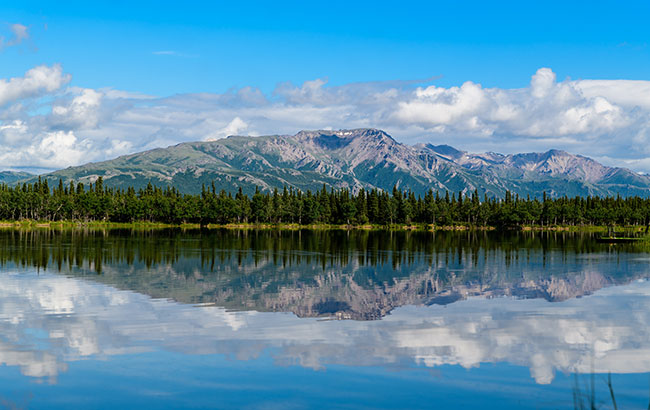
Source: Hari Nandakumar Unsplash
Indoor vs. Outdoor Growing in Alaska
Alaska’s extreme climate makes the choice between indoor and outdoor growing especially important. While the state’s long summer days provide plenty of sunlight for outdoor cultivation, the short growing season and unpredictable weather can pose challenges. Many growers opt for indoor setups to maintain full control over their environment, allowing for year-round harvests regardless of the harsh winters.
Both methods have their benefits, and the best choice depends on your goals, space, and how much effort you’re willing to put into controlling the elements.
Indoor Growing in Alaska
Indoor growing offers consistent temperatures, protection from pests, and the ability to fine-tune lighting and humidity—critical factors in a place where frost can hit unexpectedly. However, for those willing to work with the natural climate, outdoor growing can take advantage of the Midnight Sun’s extended daylight hours to produce robust plants in a short time.
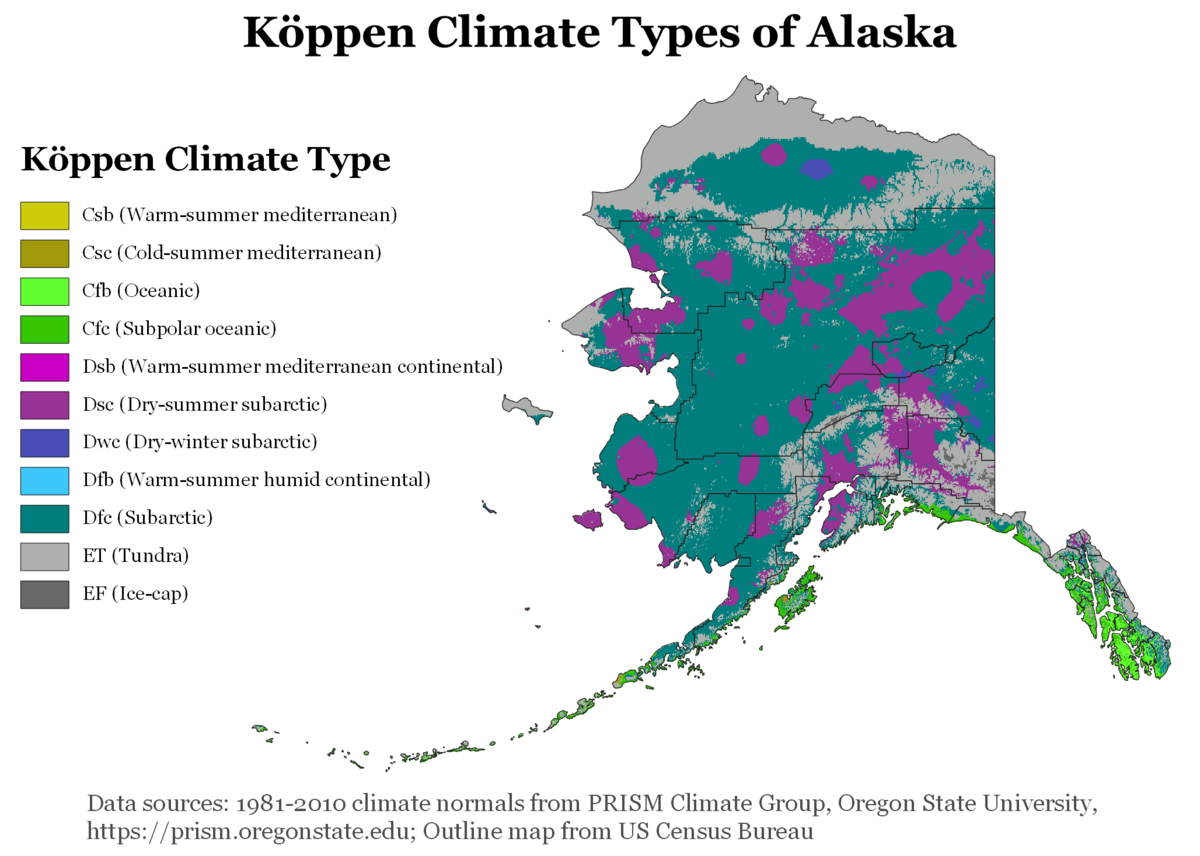
Outdoor Growing in Alaska
Growing cannabis outdoors in Alaska comes with unique challenges, but for the right cultivars and dedicated growers, it can be incredibly rewarding. With long summer days providing extended sunlight, plants can experience rapid vegetative growth before transitioning to flower. However, Alaska’s short growing season, cool nights, and unpredictable frosts mean timing and strain selection are crucial.
Successful outdoor growers often start their plants indoors to give them a head start before moving them outside when conditions are right. Greenhouses and cold frames can also help extend the season and protect plants from sudden temperature drops. If you’re up for the challenge, outdoor growing in Alaska can yield impressive results with the right planning and approach.
Challenges of Growing Outdoors in Alaska
Outdoor cannabis cultivation in Alaska comes with several obstacles that growers need to plan for:
- Short Growing Season – With frost possible as early as September, there’s a limited window for plants to fully mature. Fast-flowering cultivars are a must.
- Cold Nights – Even in summer, nighttime temperatures can drop significantly, slowing growth or causing stress to plants.
- Unpredictable Weather – Sudden frosts, rain, and high winds can damage plants, making greenhouses or protective coverings a smart investment.
- Pests and Wildlife – Moose, deer, and other animals can be a threat to outdoor grows, along with common garden pests like aphids and caterpillars.
While these challenges make outdoor growing tougher, the right strategies—such as choosing resilient cultivars and using protective structures—can lead to a successful harvest.
How to Protect Outdoor Plants
Growing cannabis outdoors in Alaska requires extra precautions to safeguard plants from the elements and wildlife. One of the best ways to extend the growing season and shield plants from sudden frosts is by using a greenhouse or cold frame. These structures help regulate temperature and provide protection from strong winds and excessive rain. For growers planting directly in the ground, using mulch around the base of plants can help retain warmth and moisture. Covering plants with row covers or frost blankets on especially cold nights can prevent temperature shock. Additionally, fencing is essential to keep moose, deer, and other animals from trampling or eating your crop. By taking these precautions, growers can maximize their chances of a successful outdoor harvest in Alaska’s unpredictable climate.
Are There Any Cannabis Strains That Originated In Alaska?
Yes! Alaskan Thunderfuck (ATF) is the most well-known cannabis cultivar that originated in Alaska. It’s believed to have come from the Matanuska Valley, a region known for its rugged terrain and cool climate. ATF is a hardy, resilient cultivar that thrives in colder temperatures, making it well-suited for Alaska’s growing conditions. It’s known for its strong growth, high resistance to pests and mold, and ability to handle temperature fluctuations—qualities that make it a solid choice for outdoor cultivation in Alaska.
While ATF is the most famous, many growers in Alaska have also bred their own cold-resistant hybrids over the years, selecting for fast flowering times and resilience to the region’s unpredictable weather.
Tips for Choosing What Cultivar to Grow in Alaska
When selecting a cannabis cultivar for Alaska’s climate, focus on fast-flowering, cold-resistant varieties. Autoflowers are a great option since they don’t rely on light cycles and can finish before the first frost. Look for cultivars with strong mold and pest resistance, especially if growing outdoors where moisture and temperature swings can be an issue. Indica-dominant strains or hybrids with hardy genetics tend to perform better in colder conditions. If growing indoors, you have more flexibility, but choosing compact plants suited for controlled environments can help maximize space and efficiency.
How to Start Your Cannabis Garden in Alaska
Starting a cannabis garden in Alaska requires careful planning to work with the state’s short growing season and cold climate. Follow these steps to set yourself up for success:
1. Decide on Indoor or Outdoor Growing
Consider your space, budget, and how much control you want over the environment. Indoor growing allows for year-round harvests, while outdoor growing can take advantage of Alaska’s long summer days but comes with more challenges.
2. Choose the Right Cultivars
Select fast-flowering, cold-resistant cultivars that can handle Alaska’s climate. Autoflowers are a great option for outdoor grows since they don’t rely on light cycles and finish quickly.
3. Start Seeds Indoors
Because of the short outdoor growing season, it’s best to start seeds indoors in early spring. Use grow lights and a controlled environment to give seedlings a strong start before transplanting them outside.
4. Prepare Your Outdoor Grow Space
If growing outdoors, choose a sunny, sheltered location. Raised beds or containers can help improve drainage and soil warmth. Greenhouses or cold frames can provide extra protection from unpredictable weather.
5. Transplant Carefully
Once nighttime temperatures stay consistently above freezing (typically in late May or early June), move your plants outdoors. Harden them off by gradually exposing them to outside conditions over a week before fully transplanting.
6. Monitor for Pests and Weather Changes
Alaska’s wildlife and sudden weather shifts can threaten your plants. Use fencing to keep out animals, and be ready to cover plants with frost blankets if temperatures drop unexpectedly.
7. Harvest Before the First Frost
Outdoor growers need to watch the weather closely. Most plants should be harvested by mid to late September before the first hard frost hits.
8. Dry and Cure Properly
Once harvested, dry your cannabis in a cool, dark space with good airflow. Curing in airtight jars for a few weeks improves flavor and potency.
We love helping California growers get started, so we offer free shipping on all orders over $55. As a bonus, you’ll receive three free seeds with every purchase. It’s our way of helping you grow confidently and maximize your results. Don’t miss out on this opportunity to take your growing experience to the next level.
The Blue Dream from Growers Choice was perfect. It flowered quickly and handled my learning curve like a champ. The yield was way better than expected, and the citrusy aroma was unbelievable.
Northern Lights is a classic for a reason. Every plant was a winner, with big, resin-coated buds that stood up to pests and unpredictable weather. Growers Choice Seeds are the best.
Growers Choice’s Gorilla Glue autoflowers are amazing. They didn’t take up much space, and the buds were super sticky and potent. I loved how easy they were to manage, even in a tiny apartment.
I was initially nervous, but Amnesia Haze was a great choice. It grew strong and healthy, and the lemony scent during flowering was fantastic. I can’t wait to try other strains next season.
Can I grow cannabis if I’m in a city with specific restrictions?
It depends on the city. Some municipalities allow personal cultivation but may limit the number of plants, require special permits, or have stricter security requirements. Always check your local regulations to stay compliant.
What are the best cannabis strains for Alaska’s climate?
Strains like Alaskan Thunderfuck (ATF), Northern Lights, and White Widow are great for growing cannabis in Alaska.
Where can I legally buy cannabis seeds in Alaska?
You can purchase cannabis seeds from reputable seed banks like Growers Choice Seeds. Ensure you buy from a trusted source to guarantee quality genetics.
What are the best cannabis strains for beginners to grow?
Northern Lights, Blue Dream, and White Widow are beginner-friendly strains. These strains are hardy, resistant to pests, and produce good yields with minimal effort.
Should I grow cannabis indoors or outdoors?
It depends on your space, budget, and preference. Indoor growing provides climate control and year-round yields, while outdoor growing takes advantage of Alaska’s abundant sunlight and lower operational costs.
What is the best time of year to start growing cannabis outdoors in Alaska?
Depending on your region, the ideal time to plant outdoors is between April and June. This allows your plants to benefit from the full growing season and maximize yields.
How much sunlight does cannabis need to grow successfully?
Cannabis plants thrive with at least six hours of direct sunlight per day. Outdoor growers should select a location with maximum sun exposure, while indoor growers must use high-quality grow lights.
What type of soil is best for growing cannabis in Alaska?
Cannabis grows well in well-draining, nutrient-rich soil with a pH between 6.0 and 7.0. Many Alaskan growers prefer organic soil blends to enhance plant health and terpene production.
How do I protect my outdoor cannabis plants from pests and diseases?
Use natural pest deterrents like neem oil, companion planting, and beneficial insects. Regularly inspect your plants for signs of disease and avoid overwatering to prevent mold growth.
How much water do cannabis plants need?
Cannabis plants require different amounts of water depending on their growth stage, environment, and soil type. Generally, outdoor plants need deep watering every 2-3 days, while indoor plants need smaller, more frequent watering.
Can I sell the cannabis I grow at home?
No, homegrown cannabis is strictly for personal use. Selling cannabis without a state license is illegal and can result in significant legal consequences.
How long does it take to grow cannabis from seed to harvest?
The growth cycle varies by strain, but most cannabis plants take between 3 to 6 months to reach harvest, depending on whether they are grown indoors or outdoors.
How should I dry and cure cannabis after harvesting?
Dry harvested buds in a dark, well-ventilated space at 60-70°F with 50-60% humidity. Cure them in glass jars for 2-4 weeks, opening them daily to release moisture and enhance flavor.
Are there any special taxes for growing cannabis at home?
No, there are no state taxes on personal cannabis cultivation. However, if you are growing for commercial purposes, you must obtain a license and comply with state and local tax regulations.
Can I grow cannabis if I live near a school or daycare?
No, Alaska law prohibits cannabis cultivation within 1,000 feet of a school, daycare, or youth center unless it is inside a private residence and out of public view.
-
Amnesia Now$43.3516% offTHC 20%sativaintermediate


$51You save $7.65 -
Diesel Seeds $44THC 21%sativaintermediate


-
Afghan Auto Now$34.5025% offTHC 21%indicaeasy


$46You save $11.50 -
Great White Shark Now$39.6012% offTHC 19%indicaeasy


$45You save $5.40 -
Cinderella 99 Now$43.3516% offTHC 22%sativaintermediate


$51You save $7.65 -
OG Kush Now$37.7219% offTHC 23%sativaintermediate


$46You save $8.28 -
White Widow Seeds $51THC 25%indicaeasy


-
Power Plant Now$42.3011% offTHC 20%sativaintermediate


$47You save $4.70 -
AK Auto Seeds $46THC 19%sativaeasy


-
Mazar Seeds $50THC 19%indicaeasy


-
Northern Lights Autoflower $52THC 20%indicaeasy


-
CBD Blueberry Now$42.5016% offTHC 7%indicaintermediate


$50You save $7.50
Shop For Cannabis Seeds
-
Goji OG $50THC 26%balanced hybrideasy


-
Island Sweet Skunk $50THC 19%sativaeasy


-
Purple Urkle $45THC 21%indicaintermediate


-
Lemon Haze $46THC 25%sativaeasy


-
Recently AddedGlitter Bomb $46THC 35%indicabeginner


-
Recently AddedBlue Nerds $37THC 26%balanced hybrideasy


-
White Berry $45THC 22%indicaeasy


-
Cinderella’s Dream $50THC 23%sativaeasy


-
Blueberry Cheesecake $51THC 20%sativaeasy


-
Super Skunk Auto $47THC 23%indicaeasy


-
Master Kush Now$41.3612% offTHC 18%indicaintermediate


$47You save $5.64 -
Sour Amnesia Auto $45THC 22%sativaeasy



